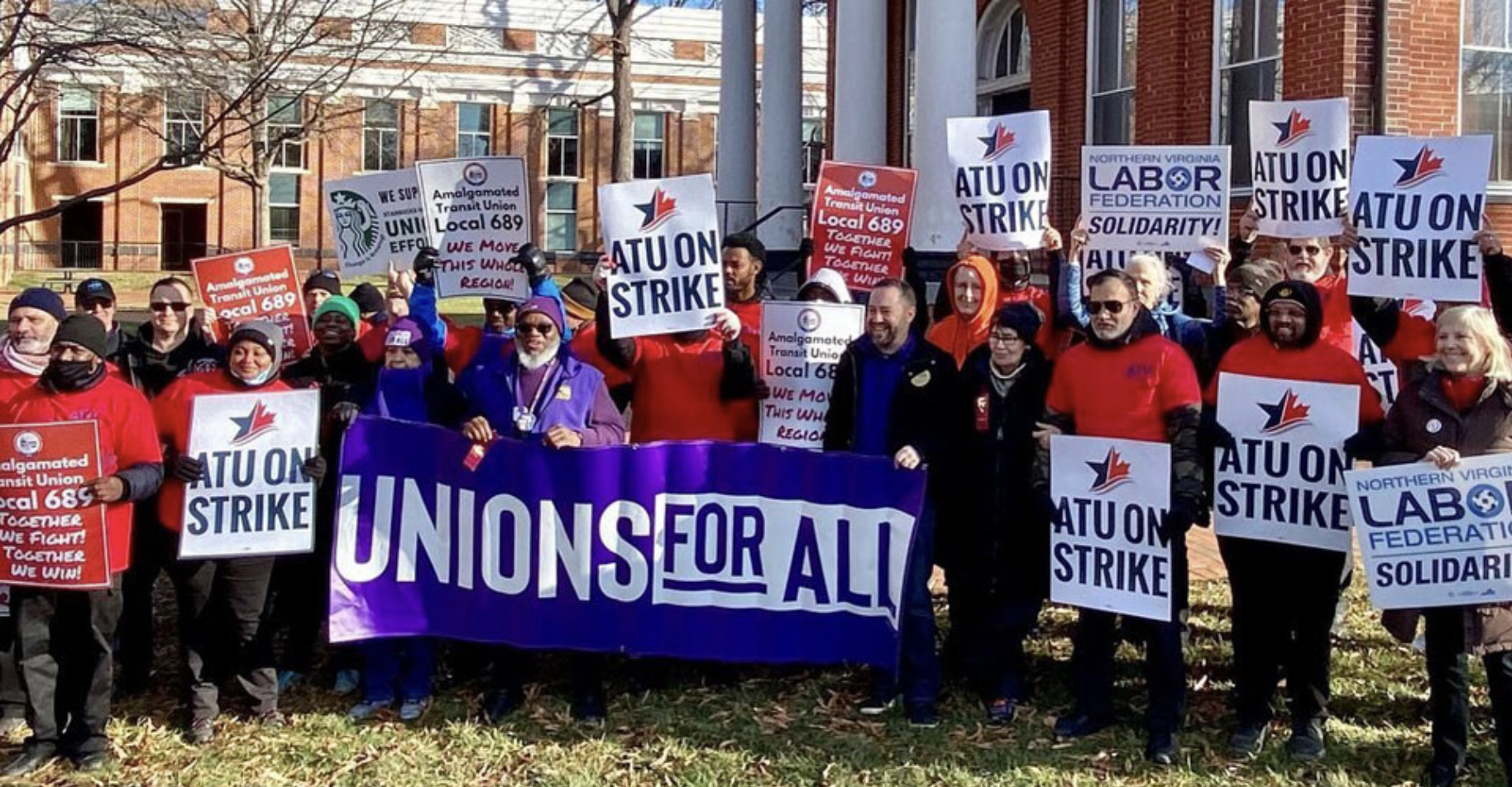While much of the media (even in the left media) focuses largely on the organizing efforts of white workers in coffee shops, universities jobs, and media outlets, BLS statistics released today showed that it’s actually black and brown workers in less-covered like state & local government in the South that are driving union membership gains.
The report showed that in 2022, the labor movement gained 200,000 net union members. However, as more workers returned to the economy, the overall percentage of workers in unions decreased from 11.6% to 11.3%.
“The entire increase in unionization in 2022 was among workers of color—workers of color saw an increase of 231,000, while white workers saw a decrease of 31,000,” wrote the Economic Policy Institute in a press release in February. “Of all major racial and ethnic groups, Black workers continue to have the highest unionization rates, at 12.8%. This compares with 11.2% for white workers, 10.0% for Latinx workers, and 9.2% for Asian American and Pacific Islander (AAPI) workers”.
As Prem Thakker at the New Republic put it “workers of colors made up 100% of union growth in 2022”.
The biggest areas of growth this year for the labor movement were state government and local governments. Following the pandemic, when many public employees were told they were “essential employees,” there has been a massive upsurge in organizing, particularly among low-wage black and brown workers in the public sector.
However, despite significant gains in union membership among workers employed by the private sector, many still need help to achieve their first union contracts.
In 2020, the state granted local municipalities the right to extend collective bargaining rights to their public employees in Virginia. Since then, the state has become a battleground as workers seek collective bargaining.
In Virginia’s Loudoun County, bus drivers employed by a French-owned company, Keolis, a contractor of the DC-area transit authority, were on strike for nearly ten weeks while fighting for a first union contract.
Bus drivers, mainly workers of color, said that despite being bus drivers, they could not afford to live in the suburban communities they were serving.
“We have families. We live here in Loudoun County. We cannot afford to live here any longer,” Sandra Vigil told WRC. “I know we’re out here, and we’ve stranded our passengers. This is not something we wanted to do. We were forced to do this.”
However, Keolis stalled union talks for nearly ten weeks. The local government in Loudoun County, which Democrats controlled, faced constant criticism from the workers’ union, ATU Local 689.
“They’re not supplying the service and they should be getting fined for that,” ATU President John Costa said during the strike. “By the county not fining them, they’re only helping them. And they’re hurting us and the community that you’re in by not putting pressure on them to get back to the table.”
Finally, after ten weeks on strike, the union was forced to end the strike. Before agreeing to return to work, the union achieved several tentative agreements on critical subjects of bargaining. The union vowed to continue fighting for standards for workers of color driving buses in suburban DC.
“We care, but Keolis doesn’t. Our riders have been suffering enough, and we want to go back to work,” said Local 689 President/Business Agent Raymond Jackson. “This doesn’t mean that we’re accepting Keolis’ subpar contract offer, which our members rejected by signing a petition refusing to even vote on it.”

